Design consideration is crucial when planning a new project, several key areas must be reviewed before a system is confirmed:
- Site access
- Exposure , especially to prevailing winds
- System access post installation for maintenance purposes
- Provision of water supply
- Suitable retention for exposed and sloping systems
- Weight load tolerances of saturated systems with snow ad trafficking allowance
- Plant selection suitable for site, aspect and location
- Management potential of immature systems that may take as long as 36 months to establish.
Additional system considerations
Diversity Islands
Some Sedum systems are low on diversity so sand islands can be incorporated to increase species diversity and system interest. Density is generally 1/100-200sqm and an island is 1-1.5m diameter and mounded 20-30mm and then seeded with compatible wildflower and herbaceous or grass blended that will not spread into the sedum areas with lower substrate levels
Flowering Spread/ season
Spring – Summer (depending on the system the company will design systems that have elongated flowering spreads to provide AYRI (all year round interest)
Low-moderate mixed pollen source, applicable to Bees – Mason, Honey Bombus spp, Insects – Chrysoperla (Lacewing), hoverfly (Episyrphus), Ladybird(Harmonia), Aphidius, Aphilinus, Aphidoletes (beneficial parasitic wasps), ground dwelling birds, bats and butterflies.
Habitat Creation
On Bio-diverse roofs as standard and other systems as additional, providing general and specific habitats depending on roof requirements and bio-diversity reports from the surrounding environment.
Retention detail
Systems with exposed edges are often finished with a 2-3mm aluminium detail that is ballasted by the system or mechanically fitted. The detail is perforated and allows water to pass through to drainage details. A 300-500mm stone border comprising 20:40mm washed river stones is fitted as a vegetation and fire break between the metal edge and the system edge.
Separation Detail
Where a fleece is not sufficient, a 1-2mm aluminum perforated separation detail is positioned between the system edge and the stone border. This detail is ballasted by the system and the components to either side hold in place. This detail is not tolerant of heavy traffic if less than 2mm thickness.
Water Management
Some systems in urban situations where their primary function is to reduce the run off of surface water and slow exit to drainage systems are built with substrates with reduced air filled porosity.
The substrates will also contain break zones and absorption layers that will reduce run off and slow water exit even when fully saturated. These systems are also designed to use a lot more water with the components often using 60% of average rainfall whilst reducing run off calculations by 25-30%.
Water Retention Techniques
Water retention granules or fleeces are sometimes used to swell the amount of water held in the substrate bed. This is often when water sensitive plant material is being used or the substrate bed is thin and prone to drying out quickly.
Water retention membranes such as capillary fleeces and Aquaten can be positioned within the substrate bed to hold water in a root receptive position and improve sustainability of lightweight and refurbishment systems.
Fire Prevention
Any system with flower heads or grass content require maintenance to prevent a buildup of dry thatch and to maintain system and diversity integrity. If a long elongation system is not trimmed regularly thatch will build up that during the driest part of the summer could increase the risk of surface fire.
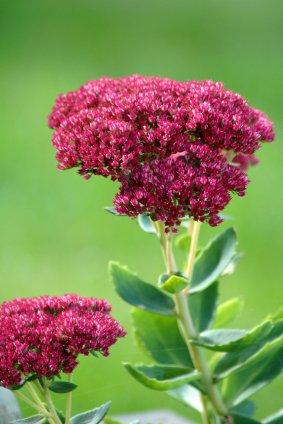
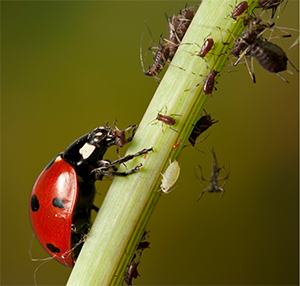
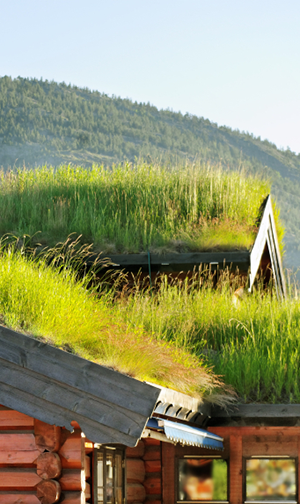
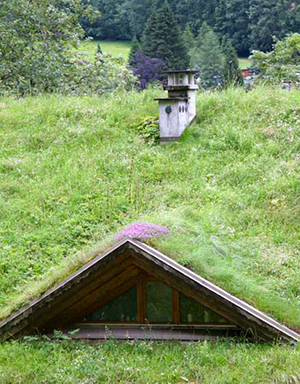
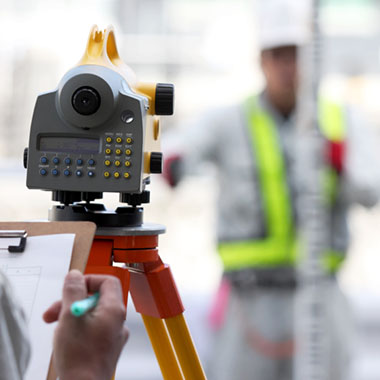

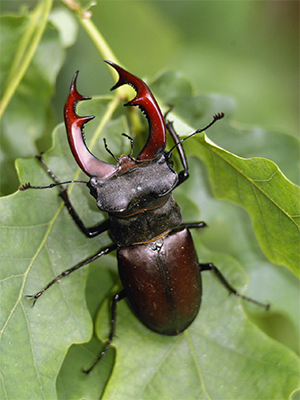
When designing or selecting components, it is important to consider the following:
Load Tolerance & Water
- Understand the weight load capacity of the system (saturated), allow for snow loading and trafficking.
- A structural engineers report should be requested before a system is selected.
- Ensure dry ballasted weights are sufficient for all loose laid membranes.
- Ensure water availability (post installation and for retrospective irrigation systems)
- Understand attenuation calculations and select substrate blends and drainage compatible with requirements. This is especially important when combining a system with rain or grey water harvesting techniques.
Site Logistics
- Access, loading and delivery logistics, point load capacity and the practicalities of system installation.
- Confirm offloading and delivery type, especially when road delivering in urban areas. Factor in waiting time and confirm logistical intentions in advance.
- Ensure access is suitable with applicable edge or man safe systems installed for installation & any aftercare requirements.
- Roof exposure (very exposed systems may require additional retention ties or nets during establishment)
- Roof pitch (systems over 12 ° may require more retention depending on the slope, exposure & system used.)
Exposure & Environment
- Wind (exposed, coastal or high roofs may need the system edges tied in to prevent wind lift, especially during establishment.)
- Green roof finish (ensure the system and vegetation is applicable to the site)
- Immature plug and seed systems with exposed substrate will require more maintaining during establishment.
Aesthetics, Aftercare & Ecology
- Habitat construction (maximise species diversity, pollen foraging potential, nectar sources & sustainability)
- Aesthetic and function (what does the system need to do?)
- BREEAM and planning (site and project requirements)
- Water-logging potential (flat systems need to allow for water storage in combination with roof outlet performance)
- Regional rainfall (selection of the correct substrate to manage the expected water levels)
- Local product (the need to supply materials close to site where possible)
Fire & Ponding
- A system with insufficient drainage or substrate with too high an organic content or aggregate with insufficient porosity may lead to excessive water retention and ponding under high rainfall pressure.
- Substrates with a high peat content or dry vegetation growth can increase the risk of fire, use peat free substrate and always maintain flower heads and grasses to minimise dry material and thatch build up
- Fire prevention is part of the roof management plan and system maintenance is a vital part of this program.

